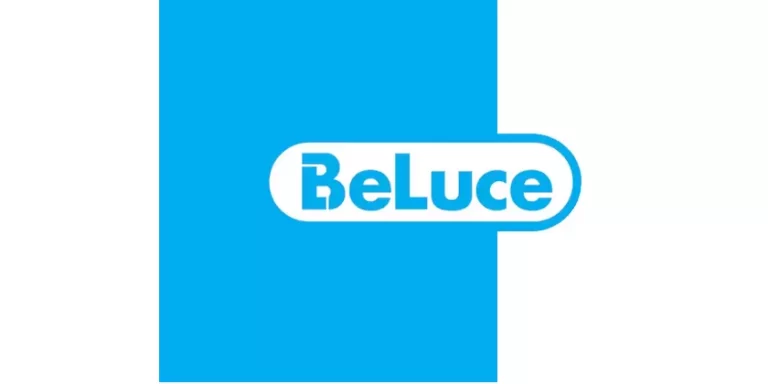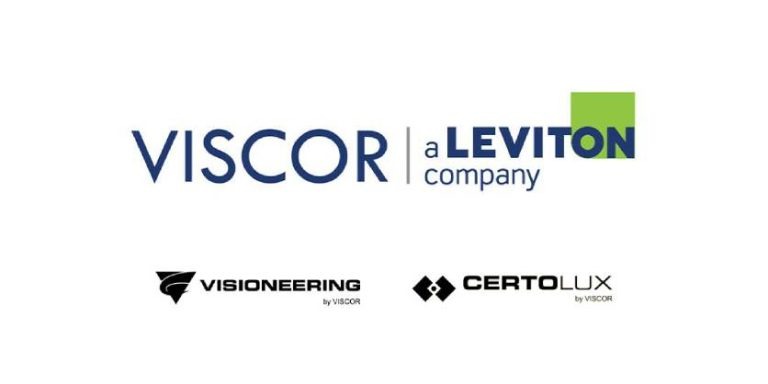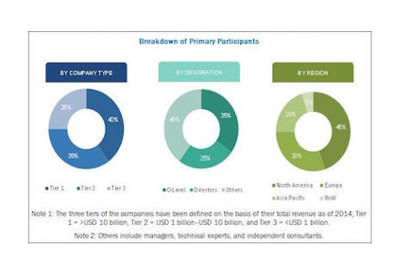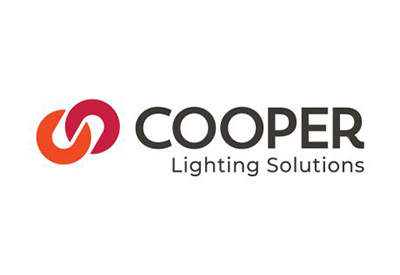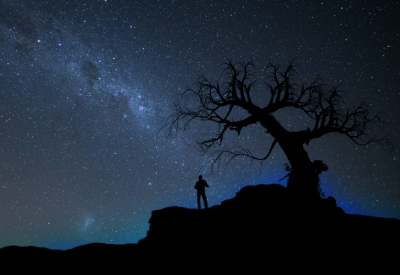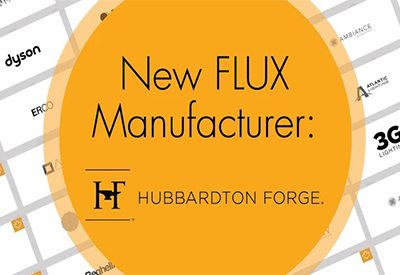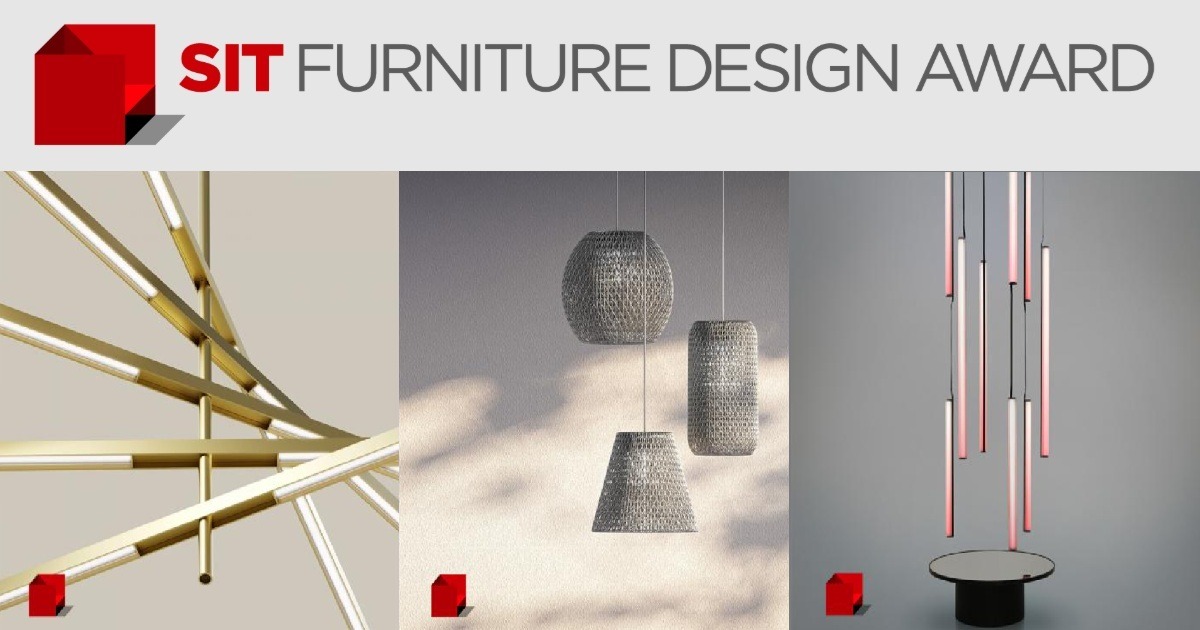“Sustainable” Lighting: What Are Lighting Designers Asking For?
April 16, 2024

By Sara Schonour, LC, MIES, IALD, Luxsi and Reiko Kagawa, LC, LEED AP BD+C, WELL AP, WELL Faculty
Are you confused about what lighting designers are asking for regarding material transparency, and how they are defining the ambiguous term “sustainability”?
100+ specifying firms (114 and counting, to be exact) have signed the Lighting Advocacy Letter. Written in 2021 and hosted on Mindful Materials’ website, this missive clearly outlines the specific things the lighting specification community is looking for in sustainable lighting.

The Letter is inspired by the AIA Materials Pledge, written in 2019 and signed by over 190 architecture and design firms.
The Pledge encourages designers to be more intentional about materials specification and asks them to support five distinct sustainable priorities:
The Lighting Advocacy Letter brings the focus of these 5 “buckets” to the lighting industry. It asks manufacturers to provide material ingredient reporting (MIR) and environmental impact disclosures (Environmental Product Declarations or EPDs) for their products. It encourages the design of products for long life and built-in end-of-life solutions like in-field component replacements and reuse/take-back/ recycling programs.

It also urges manufacturers to strive toward the optimization of materials and resources that go into their product manufacturing. Factories consume large amounts of energy and other resources and negatively impact the environment through air pollutant emissions, toxic waste disposal, and water contamination. Working conditions in manufacturing are often sub-par, especially as the supply chain gets longer and includes smelting, mining, and mass production.
The shipping and transportation of goods accounts for another substantial portion of pollution and carbon emissions globally.
These are just some of the ways the manufacturing and delivery process affects our world ecosystem, so every step that lighting manufacturers can take to make their products lighter, more efficient, more sustainably packaged, more humanely produced, and longer lasting once installed is highly encouraged by the design community.
Finally, the Letter gives a call to action to manufacturers and asks them to help in building awareness, sharing knowledge, creating demand, and developing solutions around these topics to pave the way for sustainable design and manufacturing practices to become the new norm.
After the Letter began circulating, a toolkit and a series of webinars were developed and delivered to begin the sharing of knowledge and experiences. The toolkit provides a wealth of resources for designers to bring more sustainability into their everyday practice.
It begins with an overview of frameworks, standards, and verifications and how they relate to sustainable lighting, then covers definitions of common documentation types and labels. Also included are links to product search and collection curation tools, a conversation tree and starter questions to help strategically advance sustainable discussions, action steps for each phase of the design and construction process, and even language to include in luminaire schedules and product specifications to ensure clarity around the sustainable goals of the project. The toolkit’s third edition is about to be released, with even more useful tools and tips on the way.
The toolkit and the premise of the Letter were presented during the first webinar in a series that’s now up to its 5th session, which is slated for Spring. Every six months (alternating October and April), these well-attended webinars have been hosted by Mindful Materials and bring together specifiers, agents, manufacturers, and others, providing them a platform to learn from each other and discuss industry progress.
Topics have ranged from case studies and lessons learned on the design side to the perspectives of reps and manufacturers on the supply side, who offer insight into some of the challenges and obstacles they face but designers don’t always see. Each of these webinars is recorded and is available to be viewed on the mM website.
Webinar: 10/11/23 Lighting the Way
Webinar: 04/11/23 Lighting the Way- Lessons Learned 2.0
Webinar: 10/18/22 Case Studies and Lessons Learned in Transparency
Webinar: 3/3/22 Introducing the Lighting Advocacy Letter + Toolkit
This coming April’s webinar (4/22, 5 p.m. ET) will focus on the results of a recently released survey to specifiers regarding the ways these sustainable priorities are regularly showing up in their firm’s practices.
The folks behind the LAL and its toolkit and webinars are just a few of many who are working to accelerate the sustainability of lighting products. For example, GreenLight Alliance’s LCA Incubator is tackling the topic from another angle, working specifically on life cycle assessments (LCAs) and advancing the proliferation of EPDs. It’s practically impossible to scan the speaking topics at our industry’s top conferences and not see one or more focused sessions with top voices in our industry sharing experiences and expertise on lighting more sustainably.
Overseas, the conversation – and legislation – has been advancing even more rapidly, and we’re beginning to see entire conferences dedicated to discussion of the topic. October saw the UK’s “Circular Lighting Live” event, where over 35 speakers reviewed actions that companies in the UK and elsewhere are taking to drive forward the circular economy.

The call to sustainable action is getting undeniably louder, and manufacturers have begun to hear it and respond. By continuing to nurture a collaborative dialogue between the manufacturing and design communities and aligning intent and action around common frameworks for sustainability, our industry is on the way to a brighter, cleaner, greener future.
Published with the permission of Designing Lighting

